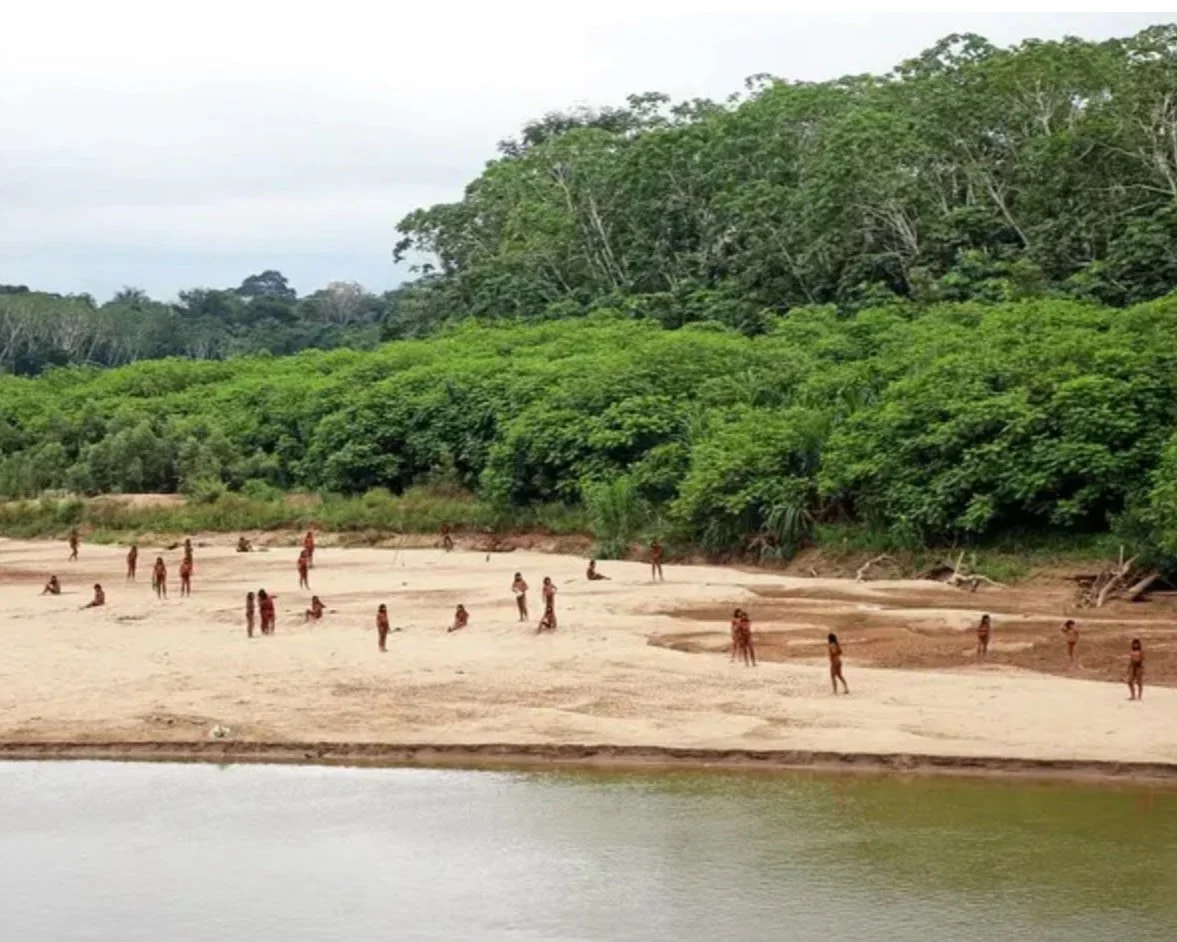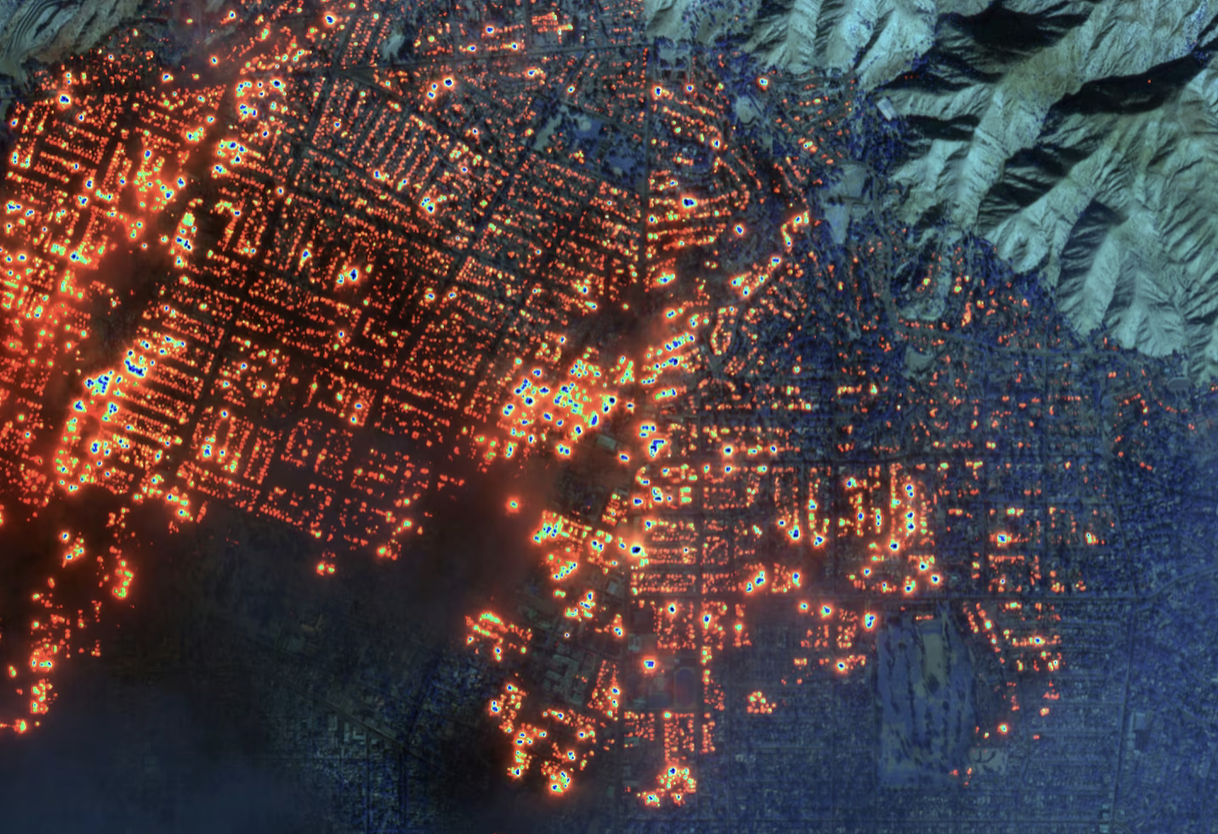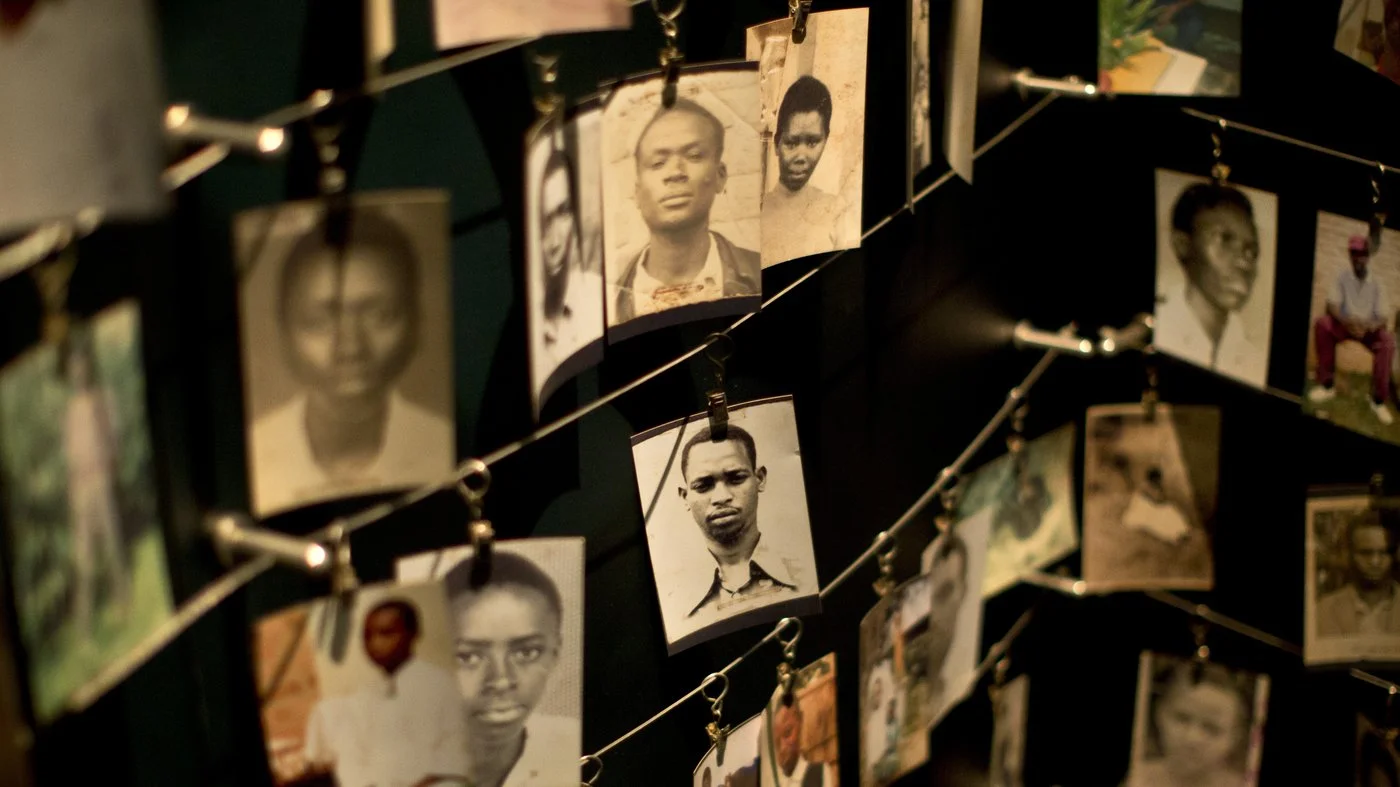Participatory ecological storytelling blends narrative empathy with ecological empathy and thus becomes a creative and collaborative way to address eco-anxiety and psychic numbing and build deeper connections with nature.
Read MoreAmid wildfire devastation, small objects tell big stories—a child’s toy, a lost painting, a rescued dog. Behind every statistic is a life forever changed.
Read MoreExplore the challenges uncontacted indigenous tribes face in balancing autonomy and survival. Discover how evolving threats demand updated policies to ensure their protection while respecting their isolation.
Read MoreWildfires are devastating communities and ecosystems, but your actions can make a difference. Our article shares practical steps to support wildfire relief and prevention while tackling the root causes of the crisis.
Read MoreWildfires raging across California, including Los Angeles, reveal the destructive legacy of fire suppression and the urgency to balance immediate relief with long-term solutions.
Read MoreSlow risks like climate change and rising sea levels are accelerating rapidly. Learn why urgent action is needed and how you can help reframe these threats as immediate priorities.
Read MoreHow does gender shape our perception of risk? Biases in risk perception—rooted in societal structures—impact vulnerability during disasters, health crises, and everyday risks. From the white male effect to inequities faced by women and LGBTQ+ communities, understanding these dynamics is essential for fostering inclusive policies and equitable resilience.
Read MoreRobert Smithson’s Spiral Jetty symbolizes slow violence, serving as a barometer of environmental changes in the Great Salt Lake. Its transformation reflects the creeping degradation threatening this fragile ecosystem.
Read MoreThe conflict between northern spotted owls and invasive barred owls highlights a conservation dilemma, where ethics and environmental priorities collide. The U.S. Fish and Wildlife Service’s barred owl culling strategy underscores complex questions about species management and human responsibility in disrupted ecosystems.
Read MoreThe term environmental violence has gained prominence, particularly in relation to pollution. Richard Marcantonio and Agustín Fuentes's article, “Environmental violence: a tool for planetary health research” (2023), emphasizes pollution as a central element of environmental violence, linking it directly to human health.
Read MoreLeane Makey et al. (2022) highlight the slow violence of settler colonialism and its ecological impact on Kaipara Moana, emphasizing the importance of Indigenous knowledge in addressing environmental degradation.
Read MorePenados et al. (2022) examine slow violence and colonialism's impact on Maya land rights in Belize, highlighting the misuse of FPIC in development projects.
Read MoreMeenakshi S. and Krupa Shah (2022) expose the slow violence of coal mining in Jharia, India, through photography, illustrating environmental destruction and human suffering.
Read MoreThe S21 Genocide Museum in Cambodia, officially known as Tuol Sleng Genocide Museum.
Read MoreA little girl looks at candle lanterns, during a memorial ceremony for tsunami victims at the tsunami-devastated city of Natori, Miyagi Prefecture, Northern Japan, 11 March 2016.
Read More30 years after Rwanda's atrocity, Dr. Paul Slovic share his insights to spark empathy and action. Honor the past, advocate compassion.
Read MoreThe Future Landscapes podcast episode, "Fossil Injustice: Tušimice coal power plant," examines the slow violence of coal extraction through sound. By contrasting industrial noise with natural sounds, the project exposes the hidden impact of fossil fuel infrastructure on our environment and collective imagination.
Read More


















